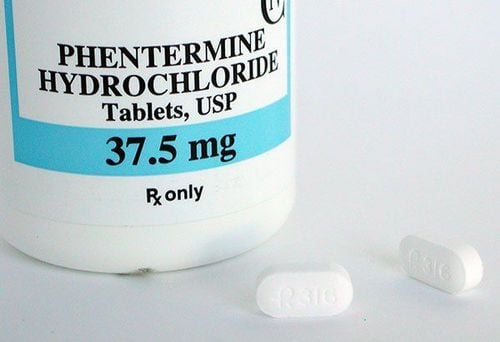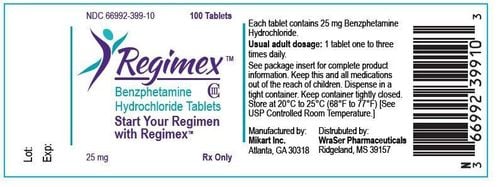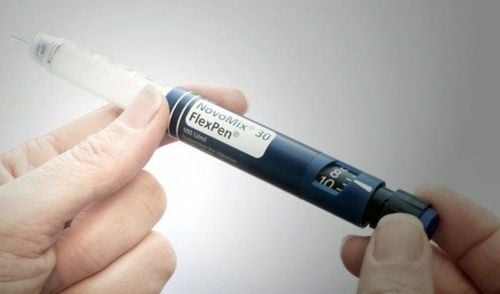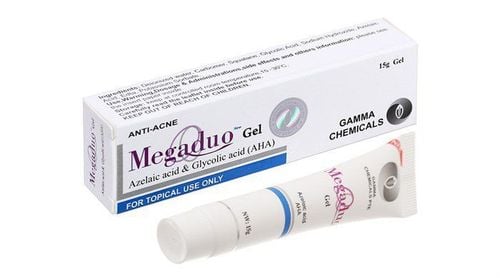This is an automatically translated article.
Acanthosis nigricans is a skin disease manifested by dark patches of skin discoloration and often appear in places such as armpits, groin, neck. This pathology can stem from many causes such as obesity, diabetes, endocrine disorders or even cancer. So, how to diagnose and treat this disease? Let's find out in the article below.
1. What is Acanthosis nigricans?
Acanthosis nigricans is a skin disease characterized by smooth, dark patches of skin in the folds and wrinkles of the body. This affected area of skin may gradually become thickened. Usually, acanthosis nigricans will appear in areas of the skin like your armpits, groin, and neck.
Changes in skin color of acanthosis nigricans are often present in patients with obesity or diabetes. Children with this condition have a higher risk of developing type 2 diabetes. Acanthosis nigricans can also be a sign of a cancerous tumor in an organ such as the stomach or liver, however, this is very rare.
Currently, we do not have a specific treatment for acanthosis nigricans. Treatment is mainly symptom-dependent so that some normal color and texture can be restored to abnormal areas of skin.
2. Symptoms of Acanthosis nigricans
Changes in skin texture are the only symptom of acanthosis nigricans. Symptoms can be dark, thickened skin and a velvety feeling in the body's skin folds or wrinkles. Common locations are in the armpits, groin, and back of the neck. Skin changes are usually gradual. The affected skin may also have an unusual odor or an itchy sensation.
3. When do you need to see a doctor?
You need to consult a doctor if you feel changes in your skin area begin. Especially if these changes come on suddenly. Maybe you have an underlying medical condition that needs treatment.
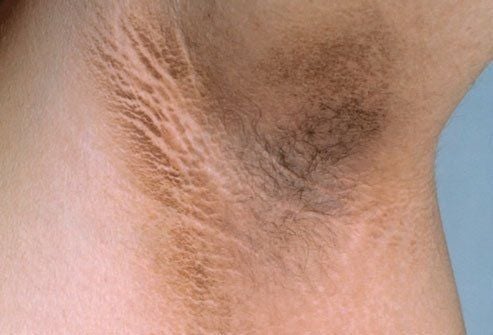
Acanthosis nigricans tại da vùng nách của người bệnh
4. Causes of Acanthosis nigricans
Acanthosis nigricans can be associated with a number of conditions such as:
Insulin resistance . Most patients with acanthosis nigricans also develop insulin resistance. Insulin is a hormone produced by the pancreas that helps the body break down sugar. Insulin resistance is the main cause of type 2 diabetes. Hormonal disorders. Acanthosis nigricans also commonly occurs in patients with endocrine disorders such as ovarian cysts, hypothyroidism or adrenal gland disorders. Certain drugs and dietary supplements. Using high doses of niacin, corticosteroids or prednisone, oral contraceptives can cause acanthosis nigricans syndrome. Cancer. Acanthosis nigricans also sometimes occurs at the same time as lymphoma or when a cancerous tumor begins to grow in the stomach, colon, or liver.
5. Risk factors for Acanthosis nigricans
Risk factors for Acanthosis nigricans include:
Obesity. The higher your weight, the higher your risk of acanthosis nigricans. Race. Studies show that in the United States, acanthosis nigricans is common among Native Americans. Family history. Some types of acanthosis nigricans can be inherited. In addition, patients with acanthosis nigricans are more likely to develop type 2 diabetes.
6. Diagnosis
Acanthosis nigricans is usually discovered when a doctor examines the skin. Sometimes, the doctor will take a small skin sample (biopsy) to check the nature of the lesion. If the cause of acanthosis nigricans is still unclear, your doctor may recommend blood tests or X-rays or some other test to look for an underlying cause.
7. Treatment of Acanthosis nigricans
In many cases, treating the cause can help fade color changes in the skin. Examples might include:
Weight loss. If your acanthosis nigricans is caused by obesity, then losing weight can help. Stop using drugs or supplements. If your condition is related to the use of a drug or supplement, your doctor may recommend that you stop taking the substance. Surgery. If acanthosis nigricans is caused by a cancerous mass, surgical treatment of the tumor usually clears up the change in skin color. If you are concerned about the appearance of your skin or if the lesions are slowly becoming uncomfortable or starting to show a foul odor, your doctor may recommend:
Creams to help lighten or soften the affected areas of skin. enjoy. Use antibacterial soap gently, as vigorous scrubbing can aggravate your condition. Topical antibiotic ointment. Pills for acne. Laser therapy aims to reduce the thickness of the skin.

Bác sĩ có thể chỉ định kháng sinh bôi tại chỗ cho người bệnh Acanthosis nigricans
8. What do you need to prepare before the examination?
Your GP may refer you to a doctor who specializes in skin (dermatologist) or hormonal problems (endocrinologist). Visits are often quick and often involve a lot of consultation with your doctor. That's why you should prepare well for your visit.
Before your appointment, you could list answers to the following questions:
Has anyone in your family ever had this problem? Does anyone in the family have diabetes? Have you ever had problems with your ovaries, adrenal glands or thyroid gland? What medications and supplements do you take on a regular basis? Have you ever had to take high doses of prednisone for more than a week? Your doctor will probably ask you some questions such as:
When did your symptoms start? Are they getting worse and worse? What areas of your body are affected? Have you ever had cancer? Above is some information about Acanthosis nigricans on the skin. When detecting symptoms similar to the above condition, you should go to reputable hospitals/medical centers for timely examination and treatment.
Please follow the website: Vinmec.com regularly to update many other useful information.
Please dial HOTLINE for more information or register for an appointment HERE. Download MyVinmec app to make appointments faster and to manage your bookings easily.
Reference sources: suckhoedoisong.vn, dieutri.vn, mayoclinic.org



